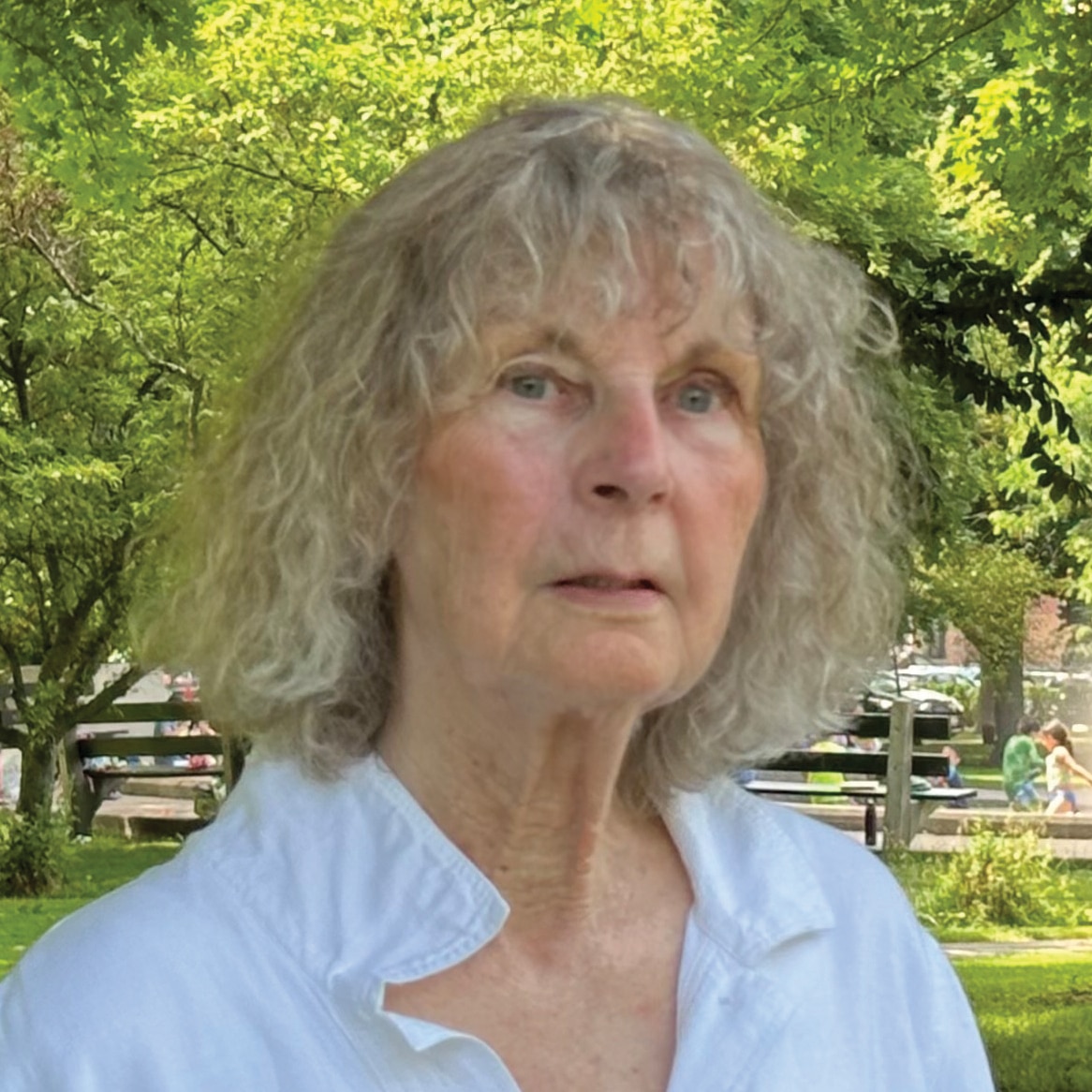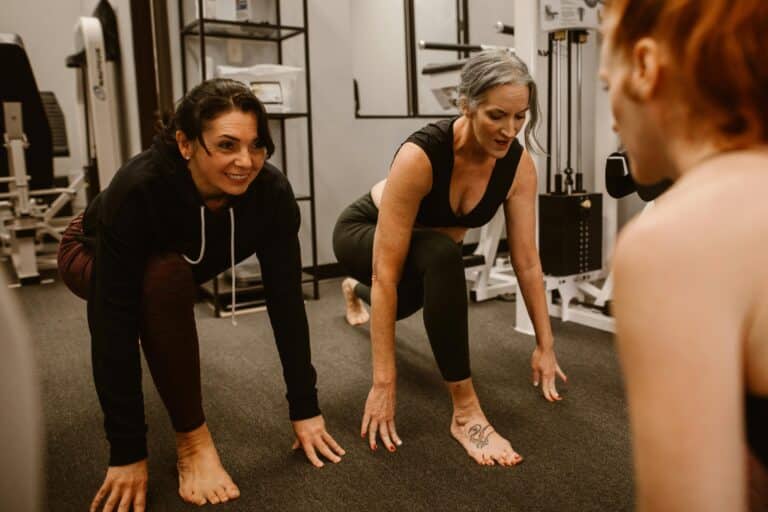At age 13, Michael* started drinking alcohol and smoking marijuana.
“A lot of my friends who were already in high school had been experimenting, but it wasn’t peer pressure for me; it was just curiosity,” he says. “I noticed that it helped me with my social anxiety because it was easier to talk to people and make friends when I was intoxicated.”
In high school, he continued to drink and smoke on weekends, then moved on to Vicodin and oxycodone that he got from friends who had them prescribed after they’d had surgery for wisdom-tooth extraction or had suffered broken bones. Next, he bought the prescription pills from people who doctor shopped—those who went from physician to physician lying about painful symptoms. By his junior year, he was taking painkillers and smoking marijuana every day.
Addiction to prescription painkillers, alcohol and illegal drugs including heroin (See Needles in the Cornfields) affects 26.4 million Americans aged 12 and older, with only about 11 percent receiving treatment at a specialty facility, according to the Substance Abuse and Mental Health Services Administration of the U.S. Department of Health and Human Services.
Enter the growing field of addiction medicine, which trains family medicine, internal medicine and other physicians in the medical treatment of addiction.
TREATING ADDICTION
To respond to the opiate epidemic and other substance abuse, a growing number of primary care physicians are becoming certified to practice addiction medicine, says Norman Wetterau, MD, clinical associate professor of family medicine at the University of Rochester and member of the board of the American Society of Addiction Medicine (ASAM) in Chevy Chase, Maryland, which aims to increase access to and improve the quality of addiction treatment.
“Medical schools have tended to ignore addiction medicine, although some are starting to do more,” Wetterau says. About one-third of the 4,000 members of the ASAM are primary care physicians who practice addiction medicine. About 40 percent of the 504 physicians who passed the 2015 exam given by the American Board of Addiction Medicine to become certified to practice addiction medicine are primary care physicians.
“It’s a subspecialty that has really matured,” says David Angres, MD, medical director with the Positive Sobriety Institute and chief medical officer with RiverMend Health. “There are two certifying bodies. One is specific to psychology, the other is for all physicians to qualify.
“By having this certification, I’m able to work with the interface between the specifics with their addiction, like the medications and the co-occuring disorders,” Angres says. It allows me to hopefully do a better job of dealing with the addiction.”
Marla Kushner, DO, medical director of New Hope Recovery Center, an outpatient substance abuse program in Chicago, spends the majority of her time in her private practice, where she combines primary care and addiction medicine.
“The private setting of a physician’s office is a safe place because it doesn’t have the stigma of a methadone center, and no one has to know that the patient has the disease of addiction,” Kushner says.
Primary care doctors have a number of options to treat patients for substance abuse and withdrawal. “When patients are addicted to heroin and medications like Vicodin, often they continue because they want to avoid going through withdrawal, which is uncomfortable and painful,” Kushner explains. “The only good thing about opiate withdrawal is that it is not life-threatening, but because of that, a lot of insurance policies won’t pay for inpatient programs. We have good medications like buprenorphine designed to be used in a primary care office to take away withdrawal symptoms and cravings.”
Relapse is an unfortunate part of the disease of addiction, Kushner says. “We hope that patients don’t relapse but need to support them if they do.” And because primary care physicians are generally easy to access, they can help minimize the length of the relapse by early interventions.
“In osteopathic medical school, we’re taught to have a holistic approach to our patients,” Kushner continues. “On the first visit, I ask patients in a conversational way about psychosocial issues, family, friends, alcohol and drug use. I continue to do this each visit so that even if they haven’t felt comfortable during the first or second visit, the hope is that they will eventually become more comfortable talking about their addiction.”
Primary care physicians can also recommend support groups and 12-step programs as well as treat other health issues related to drug use such as depression, heart problems, hepatitis C and HIV/AIDS, Kushner says.
Primary care physician Mary Fry, MD, who is certified by the American Board of Addiction Medicine, works 10 hours a week at the intensive outpatient professionals addiction treatment program at Presence Health.
“We see lawyers and business people, but primarily doctors, nurses and pharmacists because they have easy access to opiates,” says Fry.
The rest of the time, Fry sees patients in her private practice in Lincoln Park. “People who wouldn’t be willing to go to an addiction treatment program might certainly be willing to get treatment at a primary care doctor’s office,” she continues.
Medications, Fry notes, can help treat people for substance abuse including Vivitrol, a once-a-month injection of naltrexone that blocks the opiate receptors in the brain and is helpful in cases of alcohol and opiate addiction.
The need for addiction medicine in primary care settings is growing, thanks to the Affordable Care Act. “With the reorganization of healthcare, insurance now has to pay for mental health and substance abuse services,” says Wetterau, who treats patients for substance abuse in his family practice in Dansville, New York.
Wetterau has found that incorporating addiction medicine into his practice has had an unexpected benefit. “Drug abuse is contagious, but I’ve seen the opposite,” he says. “Somebody comes for treatment for opioid use; then they want their boyfriend to come and then their friends because they’ve seen other friends die. They also want their siblings and parents to come. Use of drugs is contagious, but recovery is also contagious.”
Getting clean
Michael eventually found treatment for his addiction, but only after using hallucinogenics and opiates in college, flunking out, selling drugs to pay for his habit and moving back home, only to be kicked out when his parents discovered he was still taking drugs and cheating on drug tests. He started stealing to finance his habit. When he overdosed, paramedics treated him with naloxone to block the effects of the drugs. He finally had what he calls “a moment of clarity.” “I realized I could not keep living that way without dying or going to prison,” he recalls.
He went to an inpatient facility, then to the New Hope Recovery Center outpatient program. Because he was still having cravings for heroin, on the advice of a counselor, he started seeing Kushner in her private practice.
“She gave me a prescription for Suboxone (a brand name of buprenorphine and naloxone), and it made the cravings go away,” Michael says. “It was like magic.” He also attends meetings of Narcotics Anonymous and goes to a weekly support group at Kushner’s office with others taking Suboxone.
“It’s just a regular doctor’s office, so it’s not like going to a methadone clinic,” he adds. “There are regular patients in her office, so it makes me feel like I’m going to a regular doctor with a normal problem.”
He now works in the restaurant business and is planning to go back to school to become a therapist. He says, “I want to share my success so it gives hope to other people, and they can get the help they need.”
*Name changed for anonymity at the request of the source.
Originally published in the Spring 2016 print edition.

Nancy Maes, who studied and worked in France for 10 years, writes about health, cultural events, food and the healing power of the arts.










